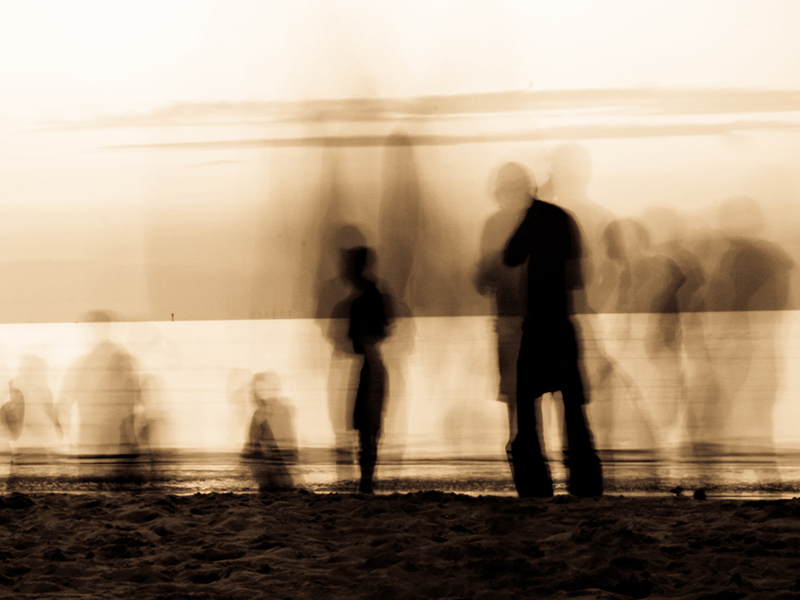Hearing loss is a natural part of growing older, right? It’s true that a considerable amount of the population will suffer some degree of hearing loss as they grow into those golden years, but it’s not necessarily a natural phenomenon. It’s also not something entirely associated with aging. A surprising number of people lose their hearing at a younger age – more than you might imagine.
Your hearing is a complex sense, so there’s a lot that can go wrong. As a culture, we have some bad habits that contribute to the hearing loss statistics, too. What about those statistics? They can be a real wake up call for those individuals that have healthy, normal hearing but might be at risk for a decline at some point in their lives. Consider some numbers that may shake you up a little bit – maybe enough to think more about your ear health.
Aging and hearing loss
Let’s start with what you probably already know:
One out of every three people over the age of 65 has hearing loss
That’s according to the Hearing Loss Association of America. What that tells you is by the time many people reach the age of 65, they have damage to a component of their ears that allow them to hear clearly. This is a condition called presbycusis and it is very common, but why?
Sound enters the ear in waves. First, those waves hit the eardrum, which vibrates to amplify them so they are still strong by the time they hit the middle ear. Once in the middle ear, the waves vibrate tiny bones – the ossicles – which work together to transmit the sound to the inner ear. In the inner ear, there are tiny hair cells that create electrical stimuli that eventually get interpreted by the brain.
The tiny hair cells are very delicate and subject to degeneration. Some of that has to do with natural aging and oxidative stress, but the environment is a strong influence. Years and years of listening to loud noises caused by everything from all those concerts you attend to listening to headphones to driving to work every day with the window down. It all adds up to wear and tear on the hair cells and age-related hearing loss.
Hearing loss in school age children
The Hearing Loss Association of America also reports that about 15 percent of school age children have some degree of hearing loss, as well. This is why most school systems screen for hearing problems in the early years. That is done as a pass/fail test. If the child fails, the school recommends further evaluation and a professional hearing test.
The causes of school-age hearing loss vary, but parents can take precautions that will reduce this risk. They include:
- Getting good prenatal care
- Seeing a doctor if you suspect a child has an ear infection
- Minimize exposure to loud noise
- Provide them with ear protection if they go to a concert or somewhere else where the sound is loud
As with most things, being proactive matters, so parents need to take steps to teach their children now how to protect their ears throughout their lives.
Hearing loss as it relates to each generation
The Better Hearing Institute offers a breakdown of hearing loss statistics at different age groups. It includes:
- 14.6 percent of the Baby Boomer has hearing loss – that’s about one in six. Today’s Baby Boomer is over the age of 41 but younger than 60
- 7.4 percent of Generation X’ers, or 1 in 14, already show signs of hearing loss. This group consists of people that are between the ages of 29 to 40.
- There are about 1.4 million little people under the age of 18 that have hearing loss, too.
- One in every 3,000 babies is born hearing challenged.
What these numbers tell you is that it’s an escalating problem – one that is almost entirely preventable. There are things people do in their daily lives that contribute to the progression of hearing loss. Taking steps to prevent it means getting ahead of the problem:
- Protecting your ears from excessive noise
- Avoiding cleaning your ears with cotton swabs or ear candles
- Getting regular ear check ups
Add to this list the occasional hearing test and you can avoid becoming one of the hearing aid wearer statistics. Get the first test early to use as a baseline and then get a test every few years to monitor your hearing.



